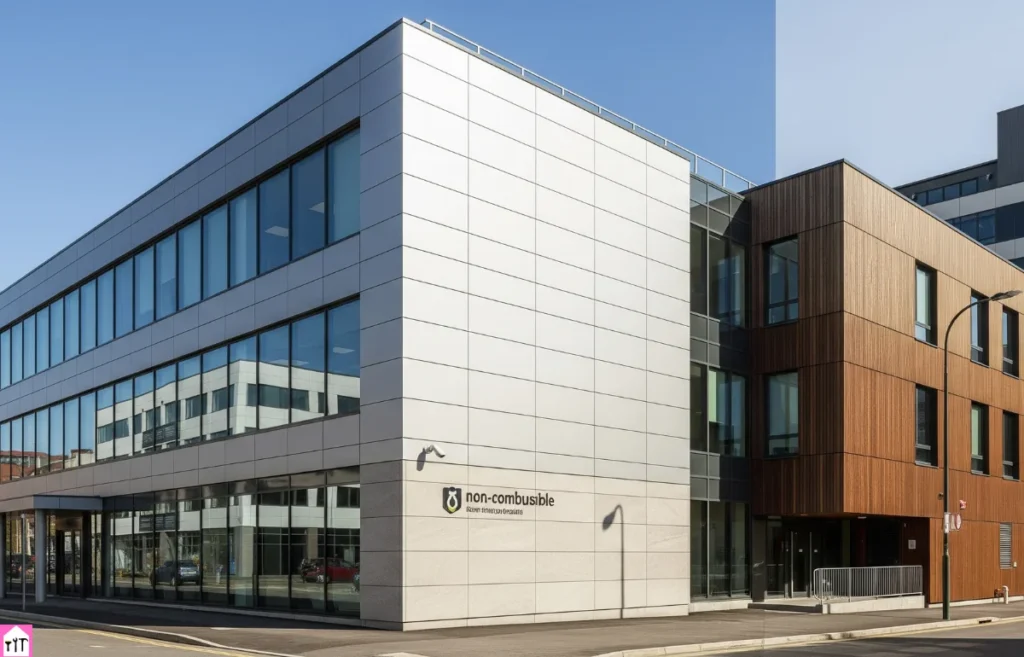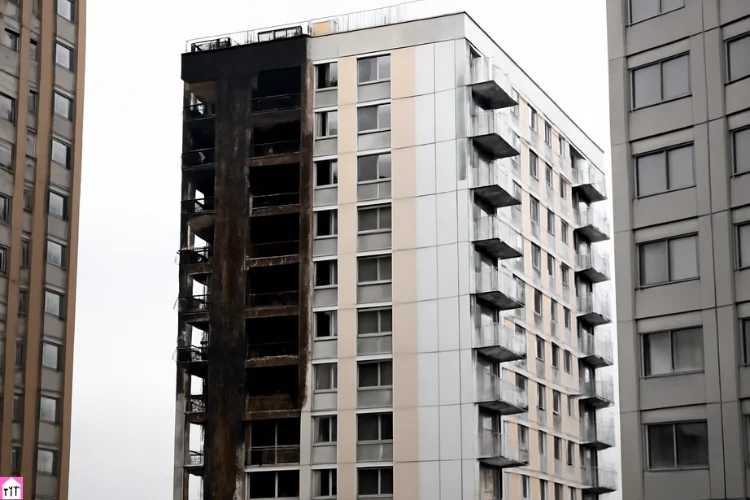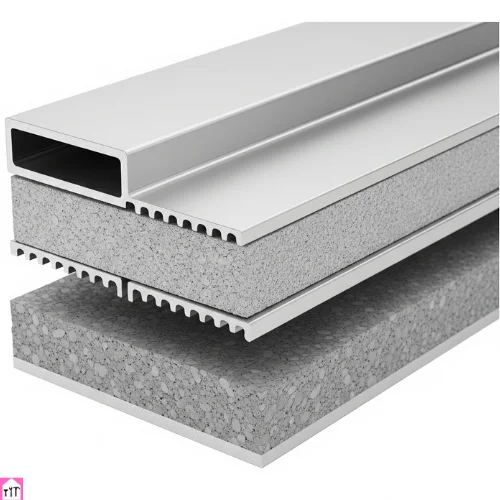
Key Insights
- Cladding is crucial to both the visual appeal and functional protection of a building. It provides advantages such as protection against weather, improved insulation, and enhanced energy efficiency.
- The global cladding crisis was triggered over the last 10 years by fire safety failures in buildings with combustible cladding, most notably the Grenfell Tower disaster.
- Deemed to satisfy (DtS), non-combustible cladding materials significantly reduce fire risks and improve building safety.
- Deemed to satisfy non-combustible aluminium cladding, with its fire-resistant mineral core, offers high structural integrity and is easy to install and maintain.
- Upgrading to a deemed-to-satisfy non-combustible cladding is a proactive investment in ongoing safety, extending beyond aesthetics and compliance to protect occupants and property.
The importance of any building’s exterior relates to much more than simply its aesthetic appeal. Exterior cladding is a key component of many buildings, from single-occupant residential properties to residential and commercial buildings of any size and height.
What is Cladding?
Cladding is a layer of material that is applied to the exterior surface of a building. Not only does it serve to enhance the visual aesthetic of the property with options in an array of finishes, colours, and textures, but it also delivers benefits in terms of:
- Weatherproofing and protection from wind, rain, hail, dust, and sea-spray
- Energy efficiency and minimising the costs of heating and cooling the interior
- Insulation, both thermally and for external noise within the building
- Fire Safety, when the right cladding product is chosen
Cladding systems can be made from a range of materials, including timber, stone, metal, vinyl, and composite materials. They typically consist of a supporting framework, insulation, and a panel on the outer surface. The materials used will determine whether the building’s fire safety performance is improved or degraded.
What is the Cladding Crisis?

Over the last decade or so, widespread safety concerns have come to attention in terms of fire safety and cladding materials used, particularly in Australia and the United Kingdom, following high-rise fires (including London’s Grenfell Tower disaster) where combustible cladding perpetuated the rapid spread of fire. Specifically, these older types of cladding commonly featured a flammable polyethylene core. Other hazardous cladding materials include high-pressure laminates and expanded polystyrene.
Investigations have since found that thousands of Australian buildings are clad with combustible materials, and these need to be replaced to improve fire safety and protect property and, more importantly, human life.
What is Non-Combustible Cladding?
Deemed to satisfy non-combustible cladding features, cladding panels that will not ignite, burn, or contribute to the spread of a fire. Rather than increasing fire risks, it is designed and engineered to enhance the fire safety of a building and act as a physical barrier to heat and flame via its properties that exhibit resistance to flame, low smoke emissions, and stability/structural integrity under heat.
Examples include:
- Solid metal panels (no polymer core)
- DtS Non-combustible aluminium cladding panels
- Stone
- Glass-reinforced concrete
- Terracotta/ceramic tiles
- Fibre cement panels
In Australia, new cladding materials must comply with the AS 1530.1 fire testing standard.
How Does It Work?
DtS non-combustible cladding acts as a passive system for fire protection (as opposed to active systems such as responsive fire alarms, fire doors, and sprinkler systems). It works continuously by helping to contain and arrest the spread of a fire, mitigate the production and entry to the building of smoke and toxic fumes, assist active fire-fighting efforts by making the external environment more predictable and stable, and lengthening evacuation time.
A New Era in Cladding: Non-Combustible Aluminium Cladding

By its very nature, aluminium is impressively fire-resistant in that it neither ignites nor acts as a fuel when fire is present. It also maintains its structural integrity, even in very high temperatures, and it can withstand up to 660°C before it will liquefy. Its use in cladding enables the delay of fire progression and provides critical evacuation and firefighting time.
DtS non-combustible aluminium cladding is a cladding material that incorporates two thin solid layers of aluminium, between which lies a non-combustible composite mineral core. This mineral core contains materials such as aluminium trihydrate or magnesium hydroxide, which will not ignite or burn.
This type of cladding is lightweight yet very durable and strong. The ease of installation and upkeep, combined with its remarkable fire safety improvements, make it an ideal choice.
For example, ALPOLIC™ NC/A1 (which was exclusively manufactured for the Australian market initially) is widely considered within the cladding industry to be the world’s safest aluminium façade cladding product, having achieved the highest fire-rating classification in the world.
Conclusion
Architects, builders, and building owners should strive not just for an attractive building and legal compliance, but to create structures that prioritise human life and safety in the long term. Cladding (or recladding) with DtS non-combustible exterior cladding panels can be a game-changer and is well worth the investment.
